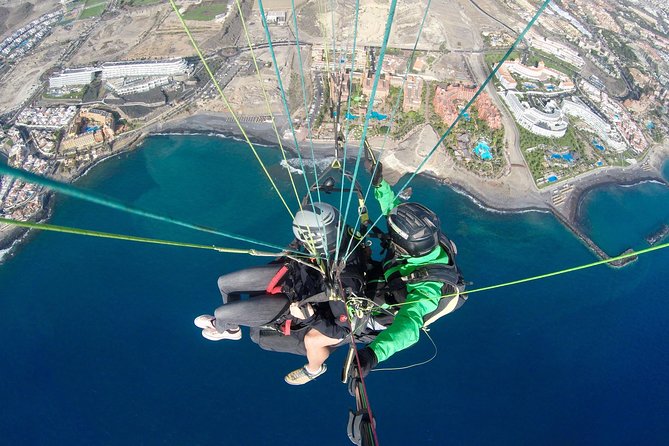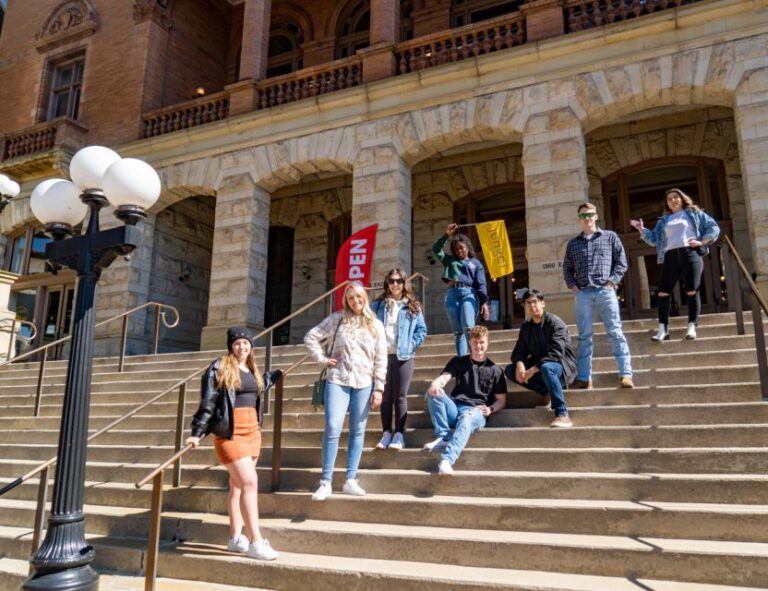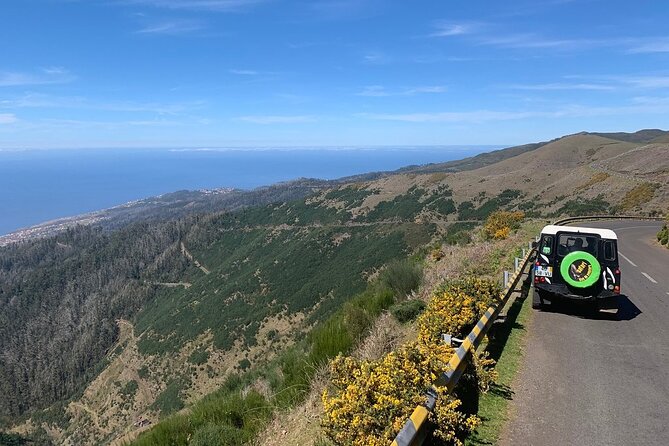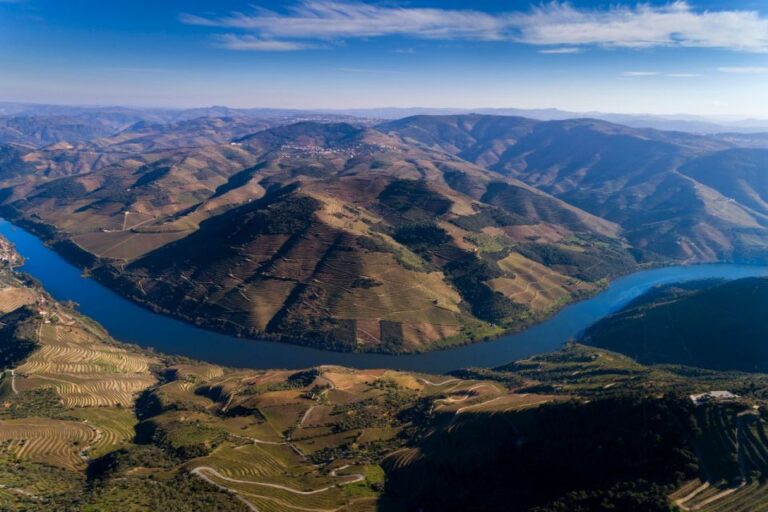Exploring Fort Collins’ rich military heritage has never been more captivating. The Fort Collins Military Years Riding Tour invites visitors to embark on a captivating 2-hour journey, delving into the significance of Camp Collins – a crucial outpost during the 1860s. Participants will enjoy guided visits to notable historical sites, wildlife viewing, and the chance to handle authentic artifacts from the mid-19th century. This immersive experience not only educates guests about the challenges of westward migration but also highlights the cultural impact and sacrifices of those who settled in the Cache la Poudre River valley. Prepare to be transported back in time and uncover the untold stories that shaped this region’s past.
Key Points
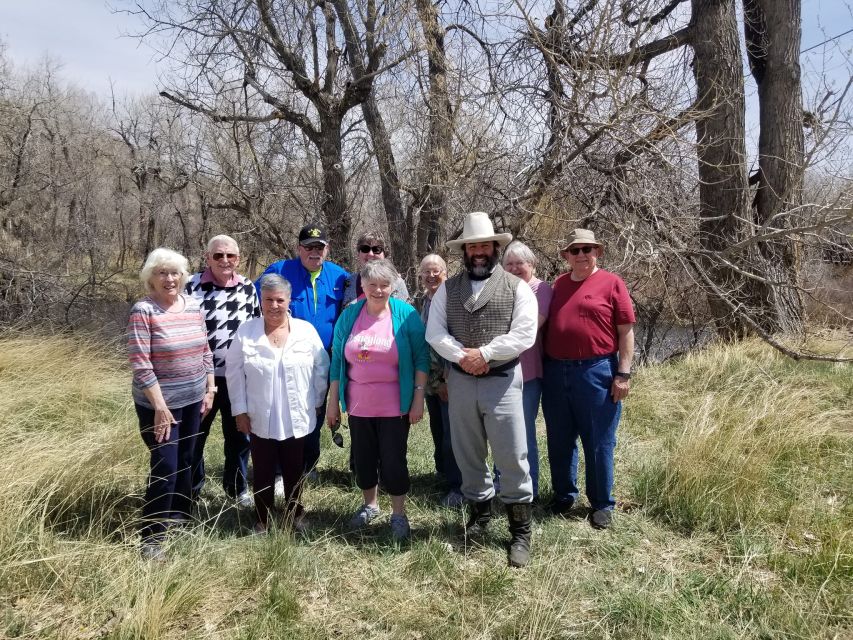
- The 2-hour guided riding tour focuses on exploring the history of Camp Collins, a key military outpost in the Cache la Poudre River valley during the 1860s.
- The tour highlights the significance of Camp Collins in monitoring the Overland Trail and protecting settlers from Indian attacks during the period of westward migration.
- Participants have the opportunity to view and handle historic artifacts from the mid-19th century, providing insights into the daily life and challenges faced by pioneers.
- The tour combines educational content on Fort Collins’ military legacy with immersive experiences in the natural setting, offering an enriching experience for visitors.
- The tour itinerary includes visits to significant historical sites, such as the Laporte Presbyterian Church and the Cline Williams Wright Johnson & Oldfather, LLP, providing a comprehensive exploration of Fort Collins’ military years.
Tour Overview
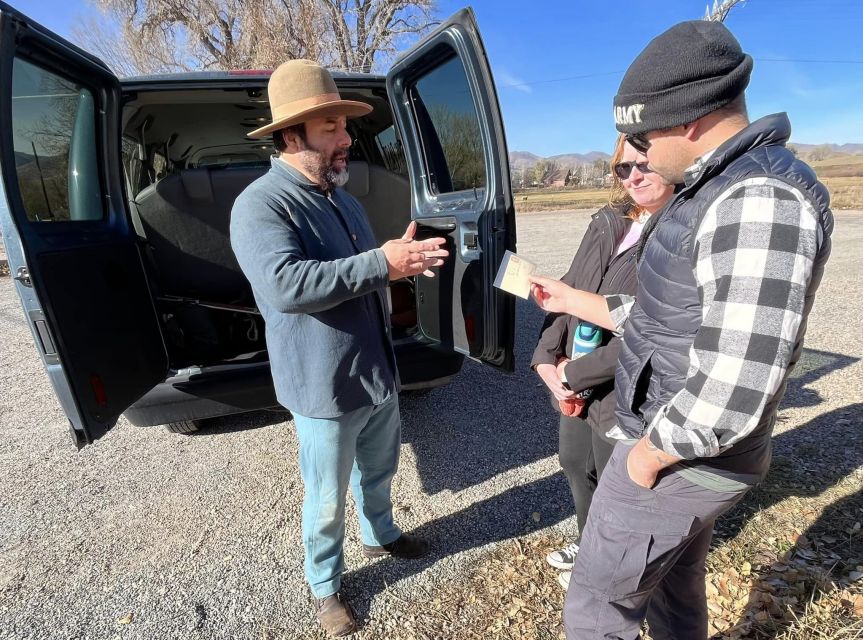
The Fort Collins Military Years is a 2-hour guided riding tour that immerses visitors in the historical significance of Camp Collins and the military presence in the Cache la Poudre River valley.
Priced at $45 per person, the tour accommodates groups of up to 8 participants and is offered in English. Guests can rest assured their spot is secured with a free cancellation policy up to 24 hours in advance.
The tour’s itinerary includes stops at the Laporte Presbyterian Church, Gustav Swanson Natural Area, and Cline Williams Wright Johnson & Oldfather, LLP, providing opportunities to discover artifacts, observe wildlife, and learn about the Indian Wars and westward migration during the 1860s.
Itinerary
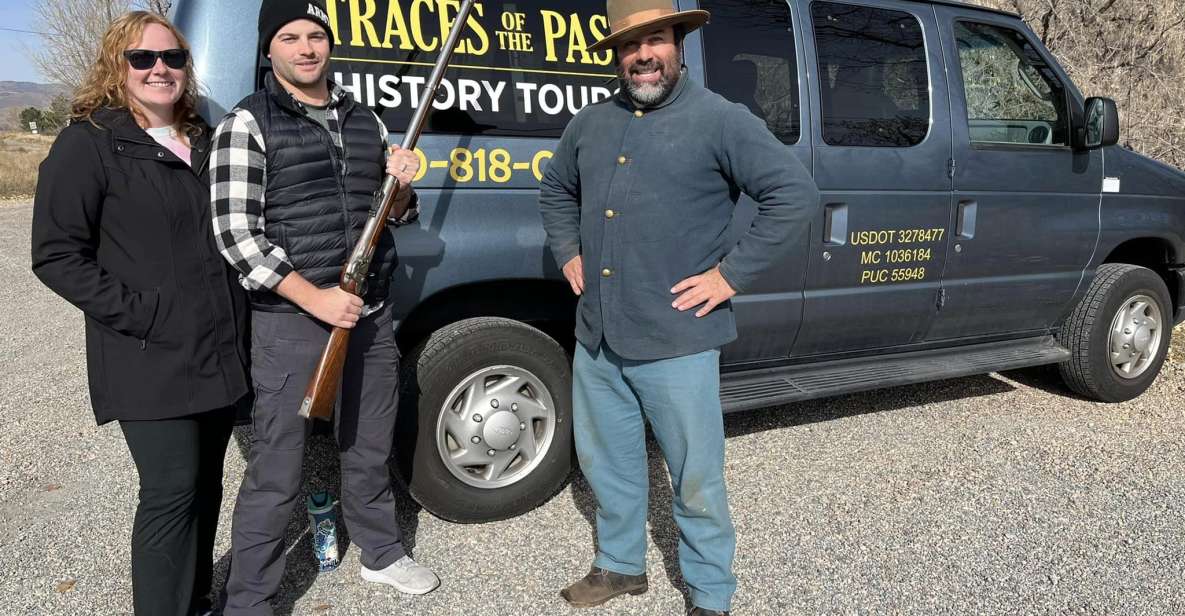
The tour begins with a guided van tour (20 minutes) at the Laporte Presbyterian Church, where participants can discover the significance of Camp Collins and the military’s role in the region.
Next, visitors will be taken to the Gustav Swanson Natural Area for a 25-minute wildlife viewing experience along the Cache la Poudre River.
The tour then stops for 15 minutes at the Cline Williams Wright Johnson & Oldfather, LLP office, allowing guests to capture photos of the historic building.
Finally, the group returns to the starting location for a 25-minute guided tour, delving deeper into the area’s rich military history.
This carefully curated itinerary offers an immersive exploration of the Fort Collins military years.
Highlights
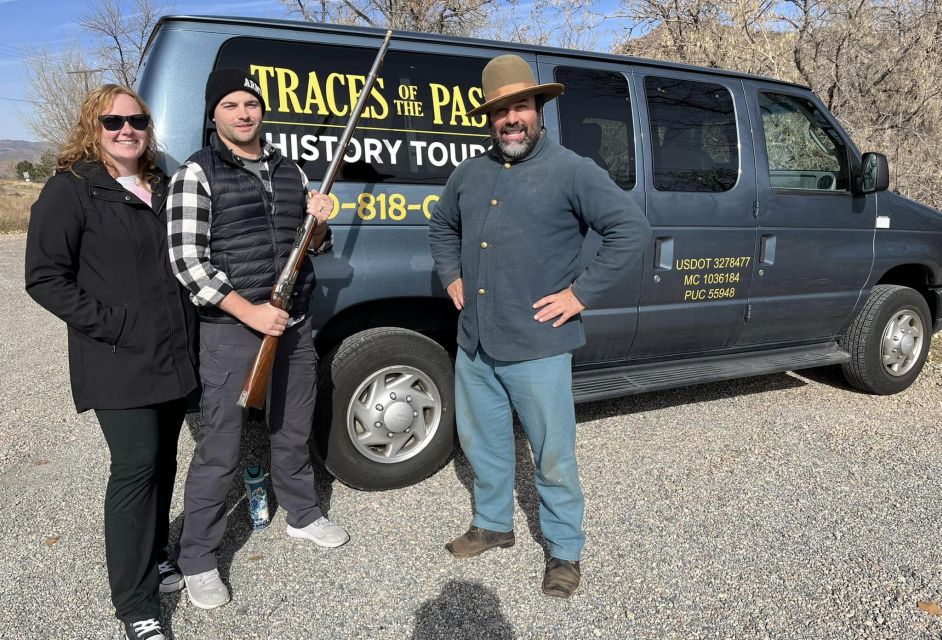
Guests can discover the significance of Camp Collins and the military’s historical role in the Cache la Poudre River valley, learning about the Indian Wars and westward migration during the 1860s.
They’ll view and hold historic artifacts from the mid-nineteenth century, providing a tangible connection to the past.
The tour also offers the chance to enjoy nature while visiting these important historical sites along the Cache la Poudre River.
With the guide’s passion for the topic, guests are sure to have an enriching experience, especially for those unfamiliar with this fascinating chapter of American history.
The combination of educational insights and natural beauty makes this tour a must-do for history buffs and outdoor enthusiasts alike.
Logistics
Meeting attendees gather in the parking lot next to the Watson Lake State Wildlife Area, approximately 1 mile west of Verns Place on Rist Canyon Road.
Restroom facilities are available throughout the tour, and participants should dress for the weather, wear comfortable shoes, and consider bringing water, sunscreen, and insect repellent.
Punctuality is key, as the tour can’t accommodate late arrivals; guests are advised to arrive 5-10 minutes early to ensure a smooth start.
The tour’s logistics are designed to provide a comfortable and immersive experience. Participants can expect:
- Accessible facilities throughout the tour.
- Preparation tips to ensure they’re ready for the elements.
- Prompt arrival to avoid disrupting the carefully curated itinerary.
Reviews
Enthusiastic guests have appreciated the guide’s passion and the enriching experience the tour provides, particularly for those unfamiliar with American history.
Reviewers highlight the opportunity to learn about the significance of Camp Collins and the military presence in the Cache la Poudre River valley during the 1860s.
They’ve enjoyed viewing and handling historic artifacts from the mid-nineteenth century, as well as the chance to appreciate nature while visiting the area’s historical sites.
The tour’s combination of educational content and immersive experiences has left a lasting impression, making it a must-do activity for those interested in Fort Collins’ military legacy and the region’s rich history.
Significance of Camp Collins
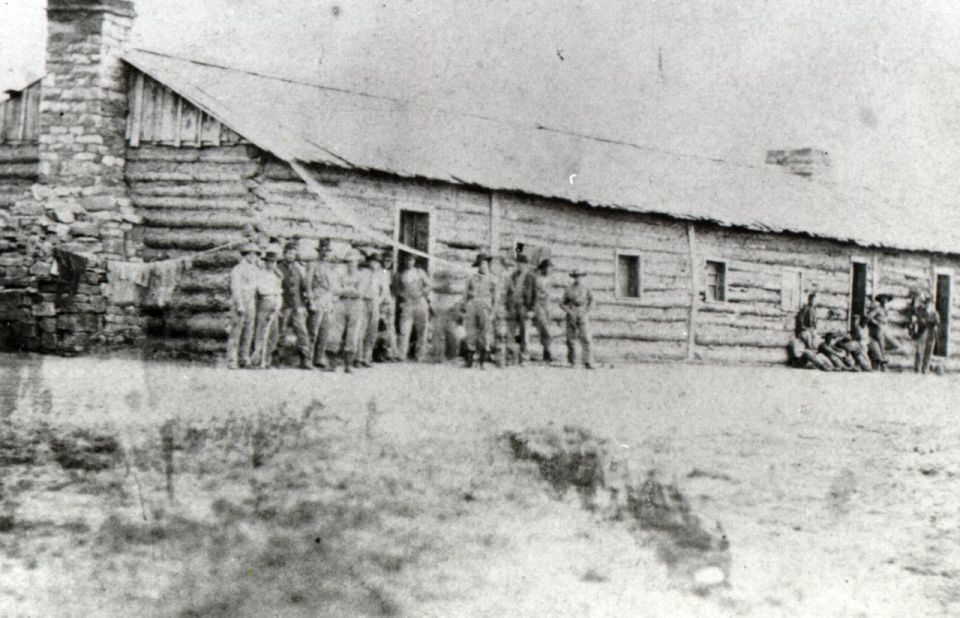
Camp Collins played a crucial role in the Cache la Poudre River valley during the 1860s, serving as a key military outpost that safeguarded the region from Indian attacks and facilitated westward migration.
The fort was strategically located to monitor the Overland Trail, protect settlers, and provide a hub for communication and supplies.
Its significance extended beyond military affairs, as it also served as a cultural center, hosting social gatherings and acting as a gathering place for the community.
The fort’s legacy lives on, serving as a reminder of the region’s rich history and the sacrifices made by those who defended it.
Visitors can explore the site’s historical significance and learn about its pivotal role in shaping the development of Fort Collins.
Westward Migration in 1860s

The 1860s saw a surge of westward migration as Americans sought new opportunities and a chance to forge their own destinies across the vast expanse of the American frontier.
Driven by the promise of fertile land, prosperous mining towns, and a chance to escape the constraints of the East, thousands embarked on the perilous journey westward.
Along the way, they faced daunting challenges – from treacherous terrain and unpredictable weather to encounters with Native American tribes defending their ancestral lands.
Yet, the lure of the unknown and the allure of a fresh start compelled them onward, shaping the course of American history and the settlement of the West.
Historic Artifacts
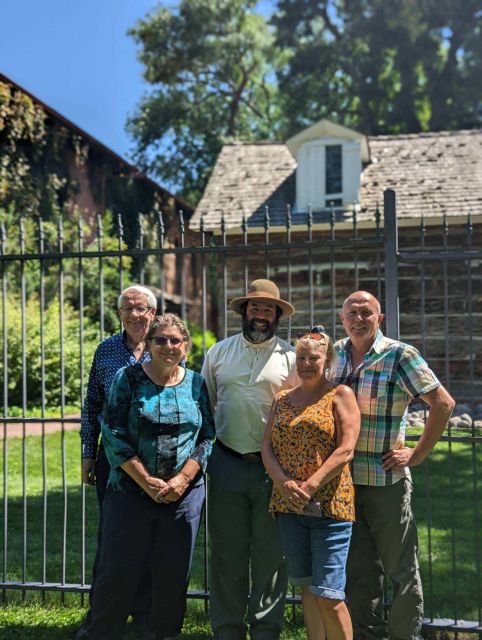
Amid the Fort Collins Military Years tour, visitors can expect to view and hold a variety of historic artifacts that offer insights into the mid-nineteenth century.
These tangible remnants from the past, ranging from tools and personal effects to military equipment, provide a tangible connection to the experiences and challenges faced by those who inhabited the region during this pivotal time in American history.
The tour guide’s passion for these artifacts is palpable, as they share stories of how each item was used, the materials it was made from, and the significance it held for the people of the time.
These artifacts bring history to life, allowing visitors to:
- Gain a deeper understanding of daily life and survival strategies.
- Appreciate the ingenuity and resourcefulness of the pioneers.
- Reflect on the sacrifices and hardships endured during the westward expansion.
Frequently Asked Questions
Can I Bring My Pet on the Tour?
Unfortunately, pets are not allowed on this tour. The tour operator’s policy is to ensure the safety and comfort of all participants. Guests are advised to make alternative arrangements for their pets during the duration of the tour.
Is the Van Wheelchair Accessible?
The van used for the tour is wheelchair accessible, allowing guests with mobility challenges to fully participate in the experience. Visitors are encouraged to discuss any accessibility needs when booking the tour.
Do I Need Any Special Permits for This Tour?
No special permits are typically required for guided historical tours. The tour operator handles any necessary access permissions. Participants can simply arrive at the designated meeting point on time and prepared for the scheduled activities.
Is Photography Allowed During the Tour?
Photography is generally allowed during the tour, though participants should check with the guide about any restrictions at specific stops. Most guests appreciate the opportunity to capture the historical sights and natural scenery along the way.
Can I Extend the Duration of the Tour?
Visitors can typically extend the duration of a tour, though they may need to pay an additional fee. It’s best to contact the tour operator in advance to inquire about the possibility and any associated costs.
Recap
The Fort Collins Military Years Riding Tour provides a unique opportunity to explore the region’s rich history.
Visitors will gain a deeper understanding of the challenges faced by 19th-century settlers and the sacrifices made by the military personnel who served at Camp Collins.
Through guided visits, wildlife encounters, and the chance to handle authentic artifacts, this immersive experience brings the past to life and highlights the enduring impact of the Cache la Poudre River valley’s military history.

